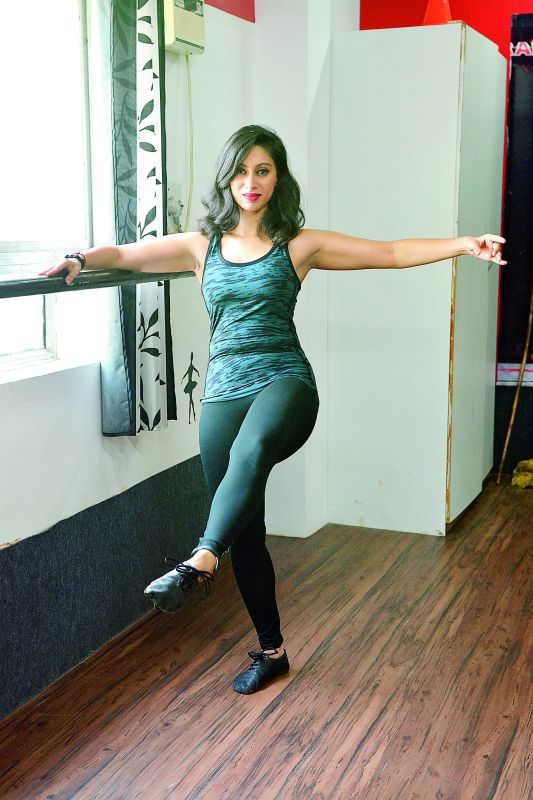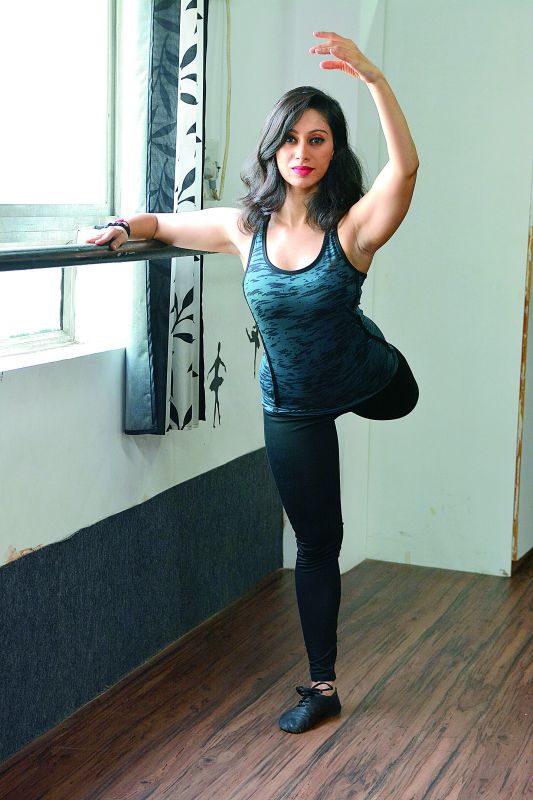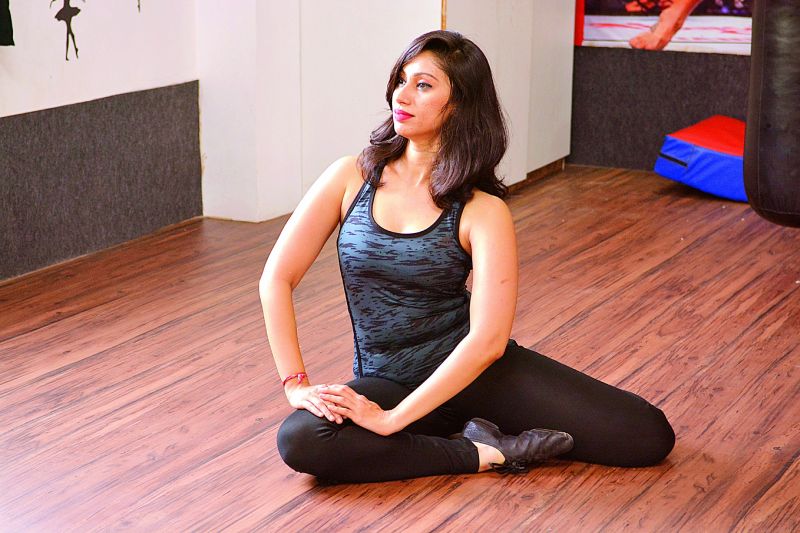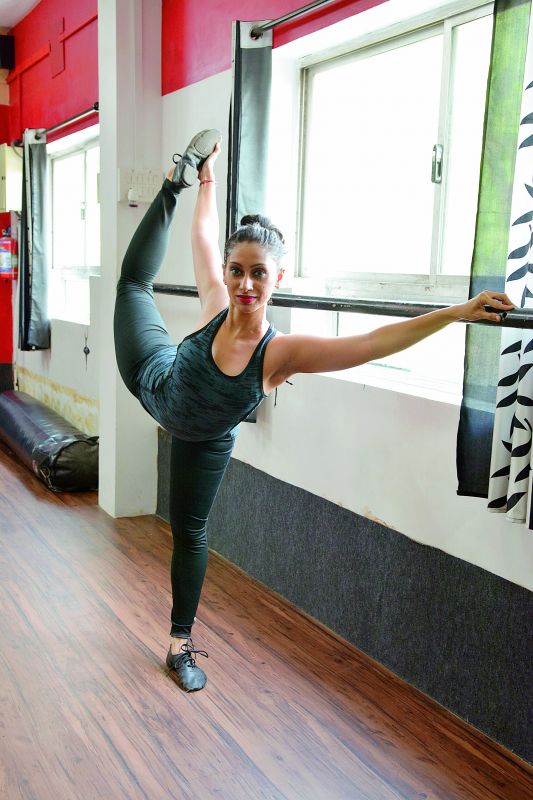Balance with ballet

Who says that fitness workouts have to be all about the pain you can’t endure and spending time you don’t enjoy? The growing trend of ballet training is all about bringing together grace, posture improvement while helping you de-stress. Ballet training involves all components of physical fitness — cardio vascular endurance, muscle endurance and flexibility. Typical ballet training not only helps you get in shape, but also helps you improve your posture, gait, agility and coordination. Essentially, this training is a mix of pilates, dance and functional training, and the moves are choreographed to motivating music. In each targeted workout, you’ll use the barre and exercise equipment such as mini-balls and small hand weights to sculpt, slim and stretch your entire body. These exercises can be done even by beginners, and the same moves can be modified to higher levels of intensity. You can improve the way you walk, fix the problems in your posture and eliminate the pain in any one part of the leg through this workout. One need not be a dancer to follow and practice these exercises. All you need to do is pay attention to the instructions and follow them to the T. If you are bored with the same routine of treadmills and weights, this might just be the workout for you!
Releve
A movement where one takes the support of the barre to posture one’s body entirely on one’s toes. This helps in increasing muscle strength in one’s thighs and also helps in learning to balance one’s body.
Plie
This is where one uses the support of the barre to bend the knees and straighten them again, while having the feet firmly planted on the ground. Plie works like a squat, working your upper part of the leg and the rear part of the body.
Leg extensions
These are extensions of the plie with the leg being stretched in different directions. With extensions, we elongate the muscles, which makes every part of the leg worked out, which most often doesn’t happen in other kinds of exercises. From your legs up to the waist, your muscles start to quiver as you perform these movements, building up a tension in the legs. Your gluteus maximus, gluteus minimus and hamstrings all get strengthened and balanced.
Jazz split
This is where one leg remains forward and folded while the other is behind. It also helps in posture, finding where your weight is, strengthening your back, and avoiding one from leaning towards one side while walking etc.
Lift it up
This movement with a little bit of exercise can help one achieve the perfectly-toned muscles in the legs and arms.
Full split
A full split is effective in helping one stretch out the inner thigh. It gives an overall flexibility in the movement. But one should be very careful while learning to do this — for one to achieve a full split, it takes a lot of training. One needs to know which muscle to release first in order to stretch effortlessly.
The writer is a ballet trainer and artistic director at The School of Dance, Chennai






